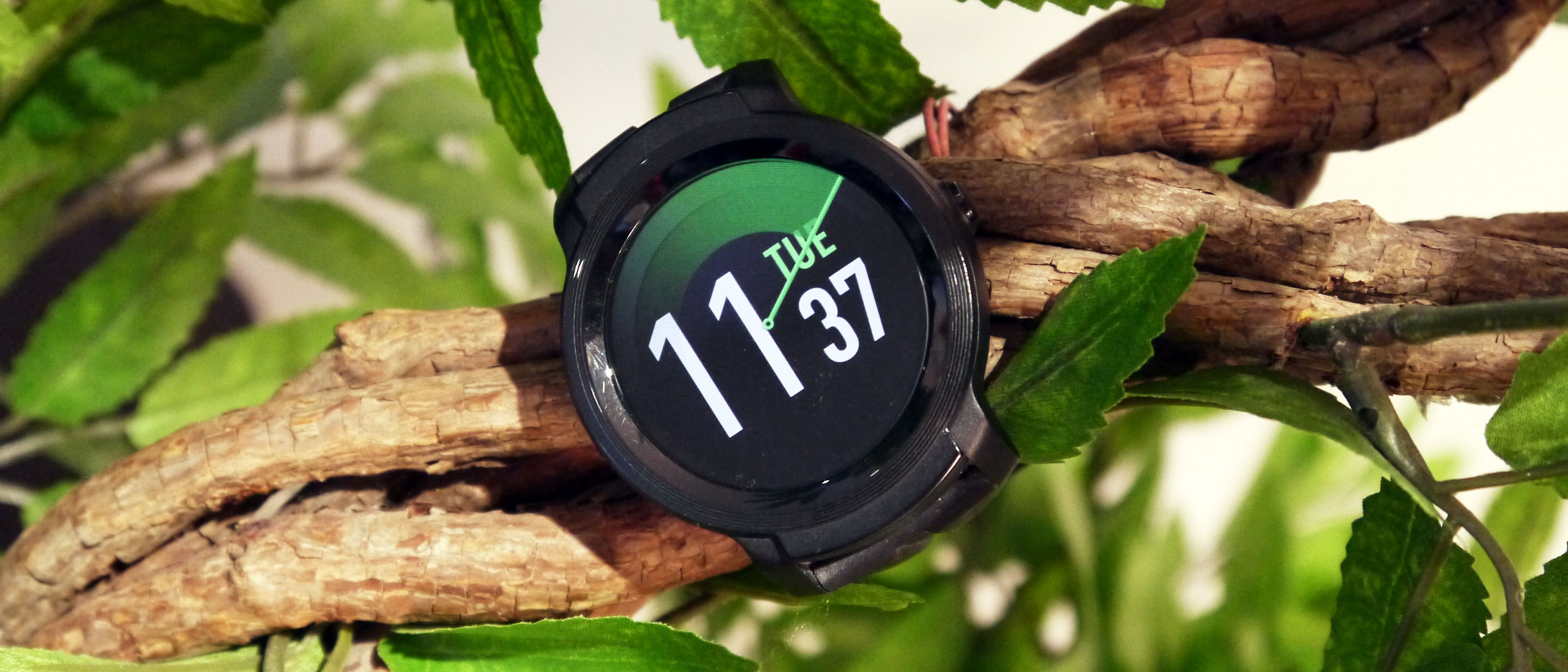TechRadar Verdict
The TicWatch E2 offers a solid smartwatch experience with all the core features you'd expect while also enhancing its fitness tracking and battery life. It's great for casual fitness fans, but enthusiasts may find it lacking the depth they require.
Pros
- +
Affordable price point
- +
Easily two day battery life
- +
Can now track surf and swims
Cons
- -
No NFC for payments
- -
Design a little bland
- -
Fitness data not in-depth
Why you can trust TechRadar
The TicWatch E2 offers up an affordable Wear OS smartwatch experience without going overboard on flashy features or ostentatious design.
It's the successor to 2018's TicWatch E, which itself offered up a solid smartwatch experience at an eye catching price.
Chinese firm Mobvoi - the company behind the TicWatch brand - claims the new E2 is "the ultimate fitness and swim companion" with the latter a new feature for the second generation wearable.
The E2 is swim-proof and can survive a trip to the pool as it tracks your lengths. There’s also new intelligent fitness features, more power under the hood and a larger battery over the original E.
Wonder what the ‘E’ stands for? It’s Express, and it’s used to separate it from the new TicWatch S2 which launches at the same time. The two smartwatches have identical specs, with the only difference being the design.
The S2 (S = Sport) features a bulkier, rugged design making it more suited to outdoor activities, while the TicWatch E2 has a sleeker look for less intensive workouts.
TicWatch E2 price and availability
The TicWatch E2 price is $159.99 (£145.99, AU$238.99), making it one of the most affordable Wear OS smartwatches on the market, and $20 (£20, $44) cheaper than its almost-identical sibling, the S2.
Sign up for breaking news, reviews, opinion, top tech deals, and more.
In terms of availability, the TicWatch E2 went on sale in the US, UK and Europe in January, 2019, and can be purchased from Mobvoi's website as well as Amazon.

Design and display
When it comes to the TicWatch E2 design, it's functional rather than fashionable. The crown button has switched sides, from the left on its predecessor to the right of the watch face on the E2, placing it in a more traditional location for a watch.
This makes hitting the button feel more natural, but there's no rotating feature to allow you to scroll through menus and notifications cards - you still have to use your finger on-screen.
The plain black body does features a concentric circle pattern in the bezel around the display, but we were disappointed to see the size of the bezel increased on the TicWatch E2 which makes the wearable look a little chunkier than it perhaps needs to be.
It's worth noting that the E2 does feature a 30% larger battery than its predecessor though, so Mobvoi likely needed to increase internal space to accommodate it. Still, we'd have liked a slimmer frame around the watch face.
The body of the watch measures 46.9 x 52.2 x 12.9mm, making it ever so slightly taller and wider than the more expensive TicWatch S2 - which is odd considering the latter's US military-grade durability.
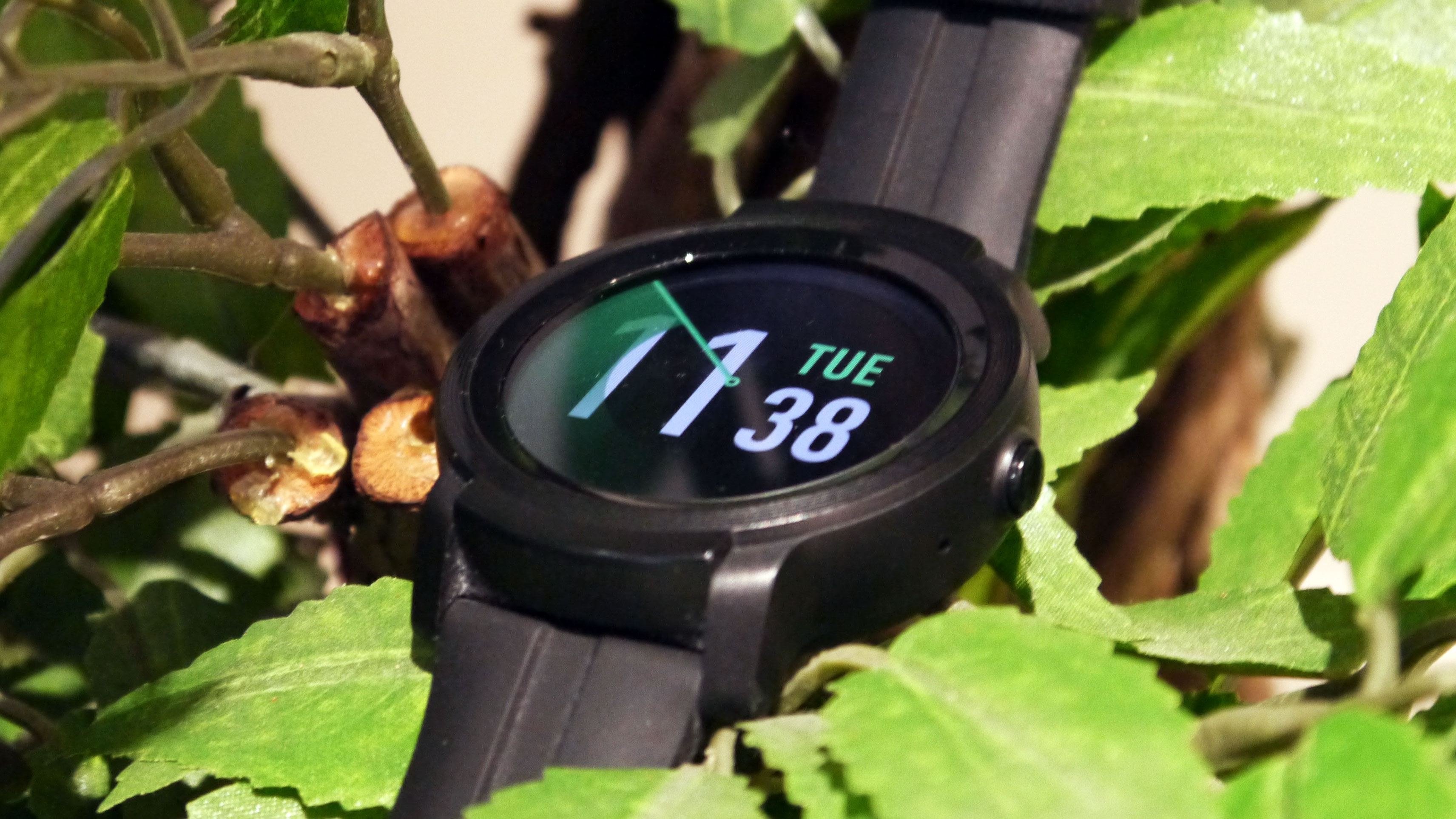
Flip the watch over and the smooth polycarbonate rear has a central bump which houses the heart monitor, allowing the sensor to be pressed nicely against your wrist. It's not uncomfortable though, and the TicWatch E2 is extremely lightweight at 53.2g including the strap (34.4g without), which means you can easily forget it's there.
You'll also notice the charging pins on the rear of the E2, which line up with the charging block that comes with the watch and magnetically clings onto the wearable allowing you to charge it up.
Overall the look is relatively slick, if a little bland, and the polycarbonate body of the TicWatch E2 is a reminder that this is a budget smartwatch offering, rather than a direct competitor to the Samsung Galaxy Watch or Apple Watch 4.
The black 22mm silicon strap is easily removable if you fancy switching up the look of the TicWatch E2, but the body of the watch only comes in the one color - black.
In terms of the display, there's nothing new to report on the TicWatch E2. It inherits the same 1.4-inch AMOLED screen with a 400 x 400 resolution from its predecessor. That equates to a pixel density of 404ppi.
As a result, you get a bright, colorful screen with a high level of detail which makes reading the small text displayed on it easier.
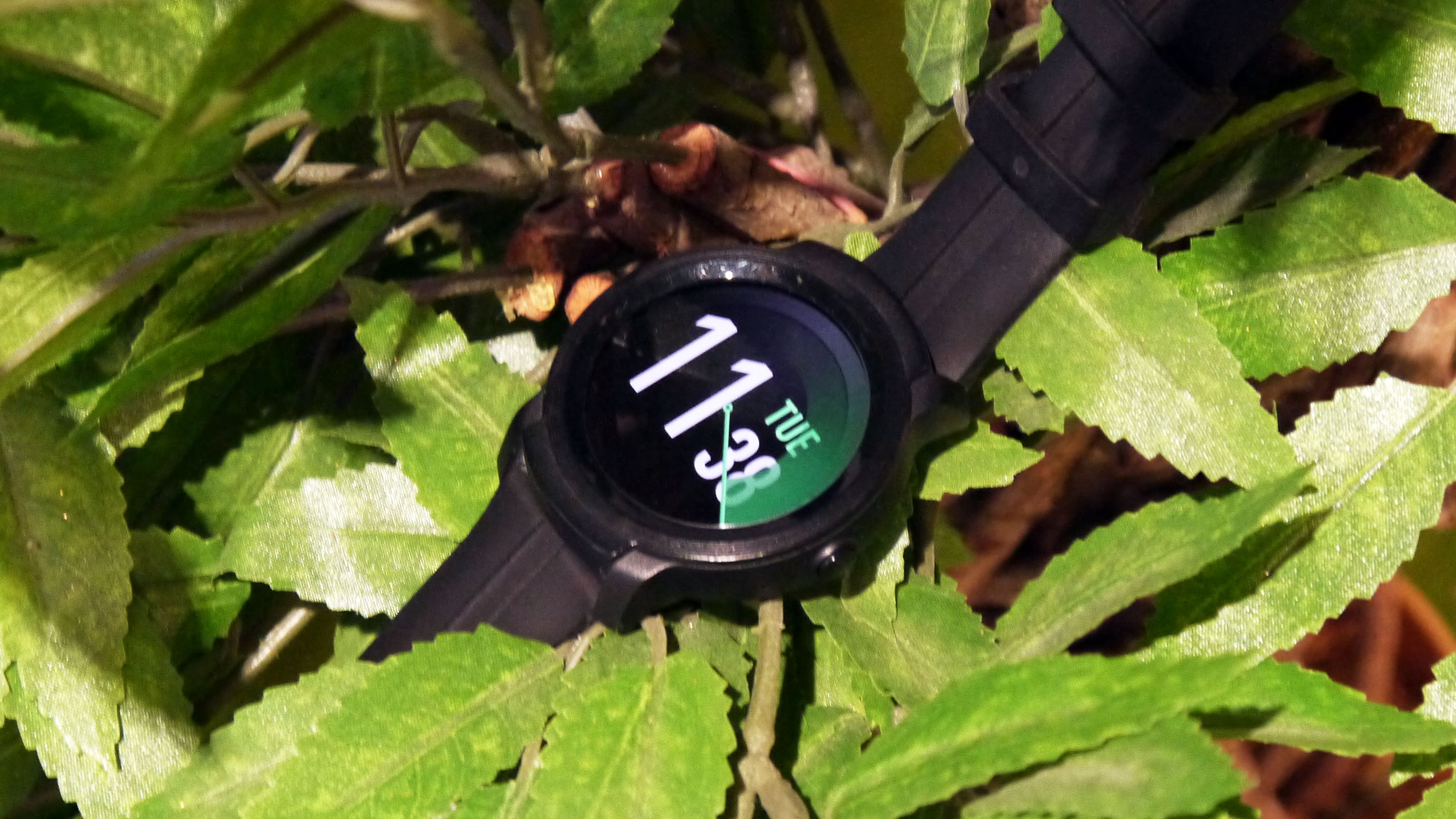
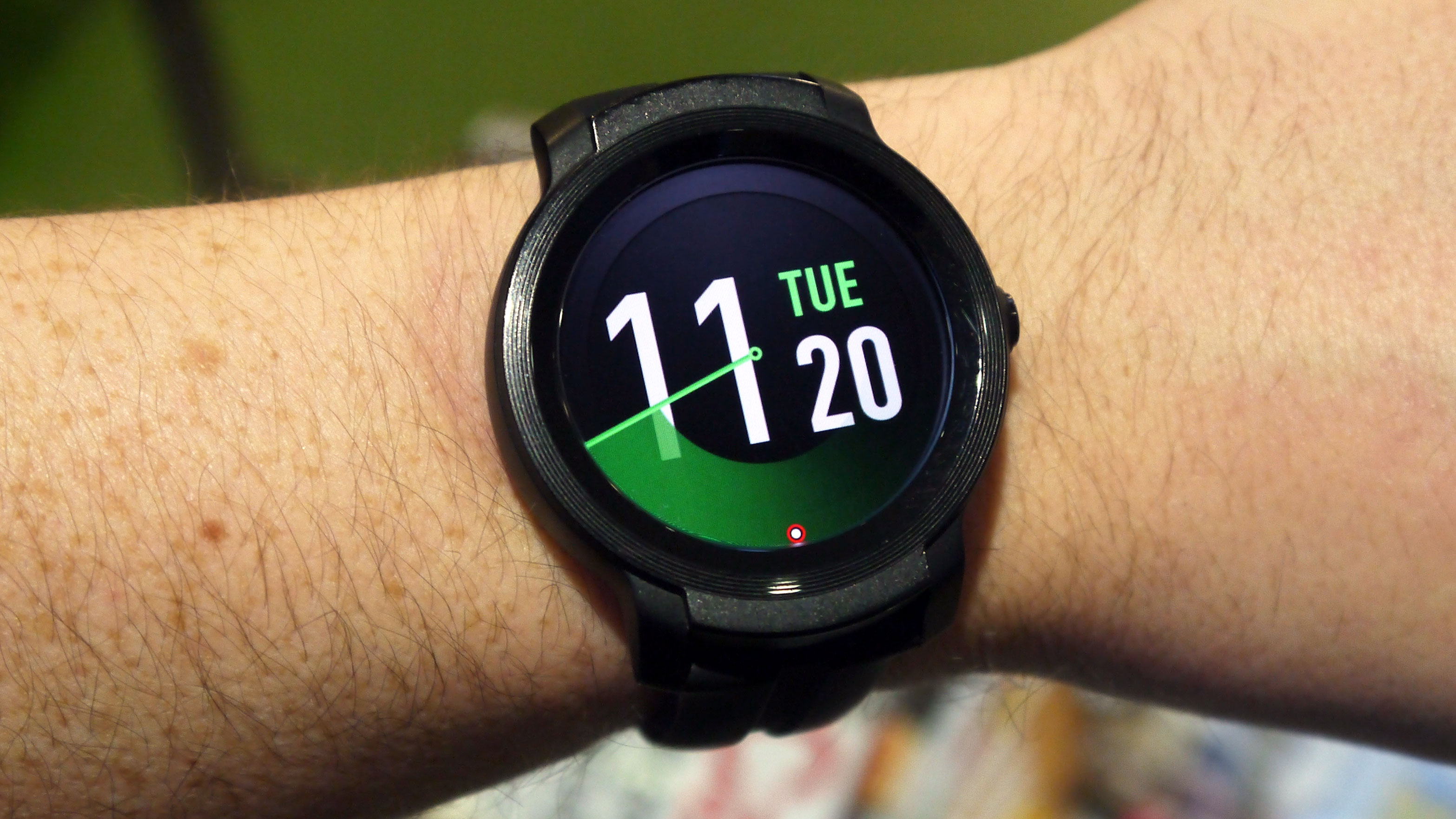
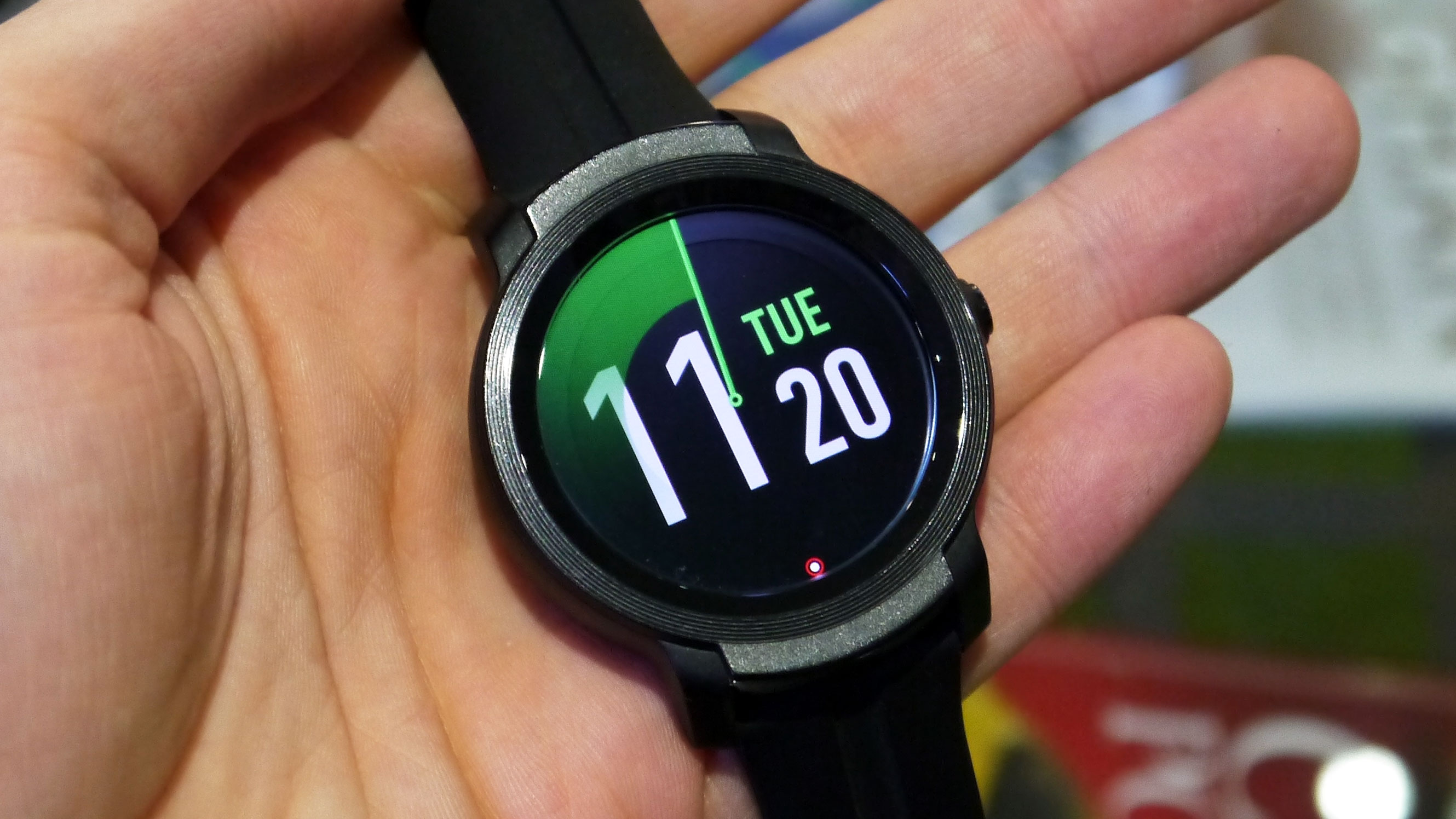
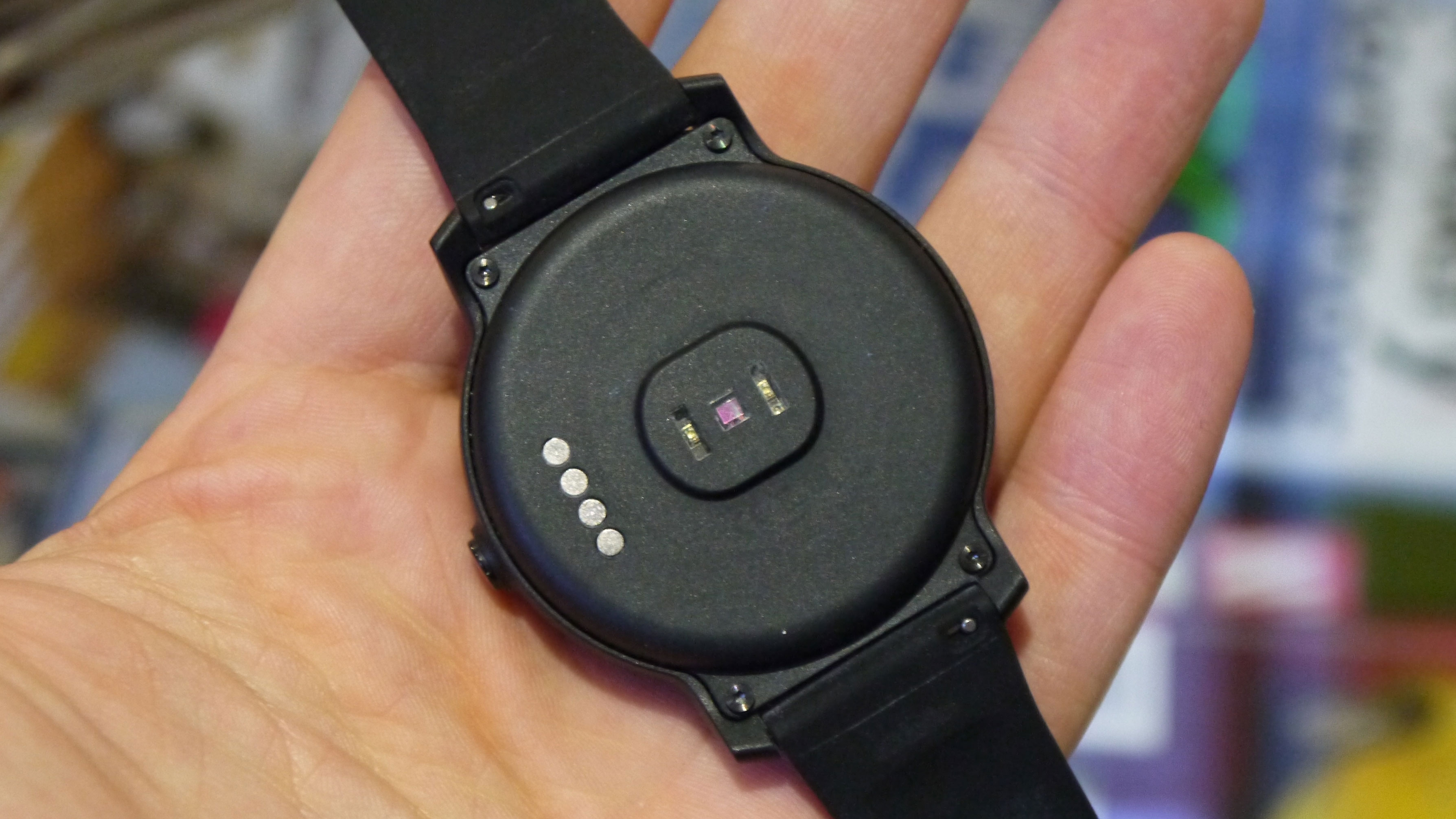
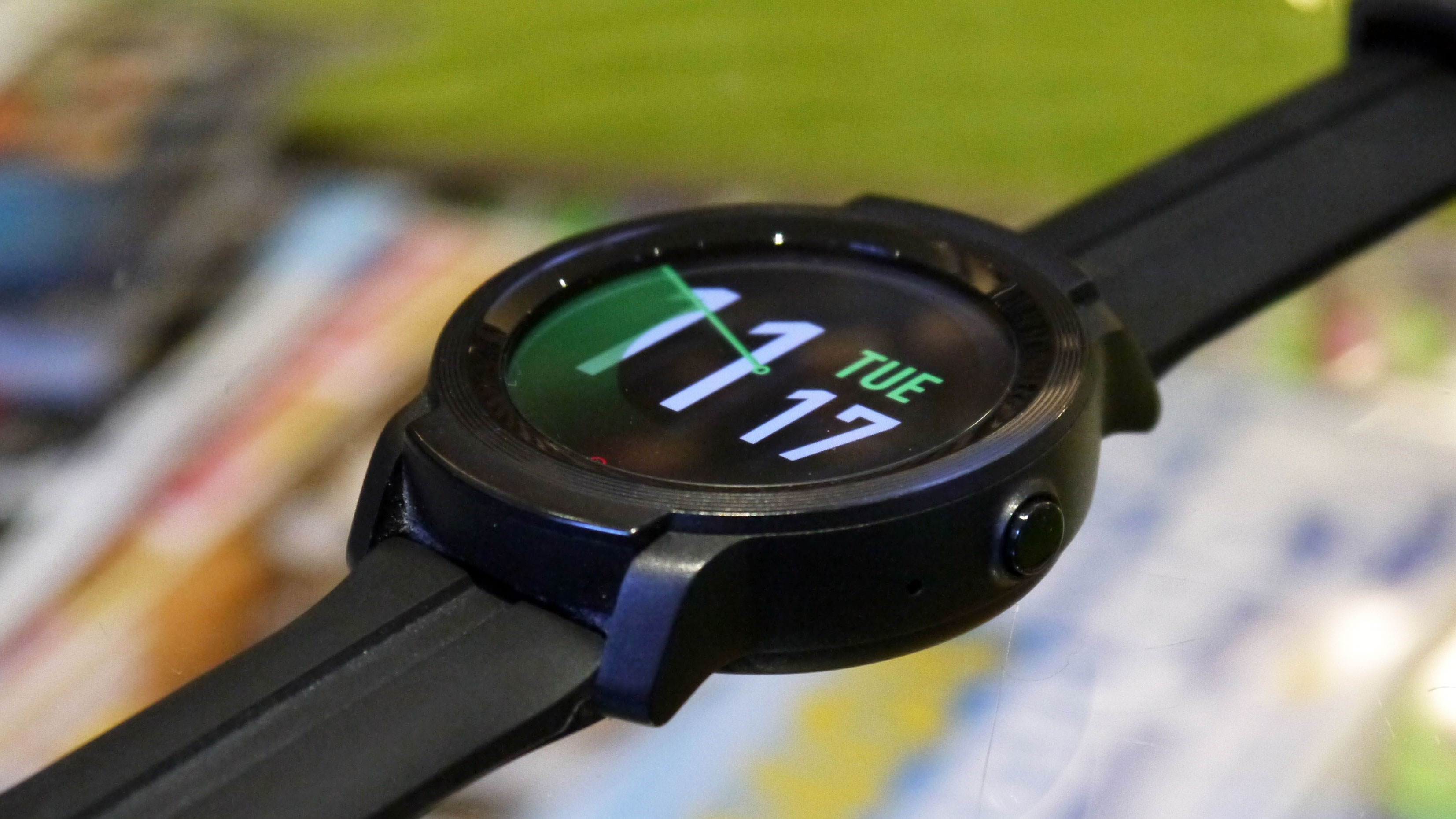

TechRadar's former Global Managing Editor, John has been a technology journalist for more than a decade, and over the years has built up a vast knowledge of the tech industry. He’s interviewed CEOs from some of the world’s biggest tech firms, visited their HQs, and appeared on live TV and radio, including Sky News, BBC News, BBC World News, Al Jazeera, LBC, and BBC Radio 4.
